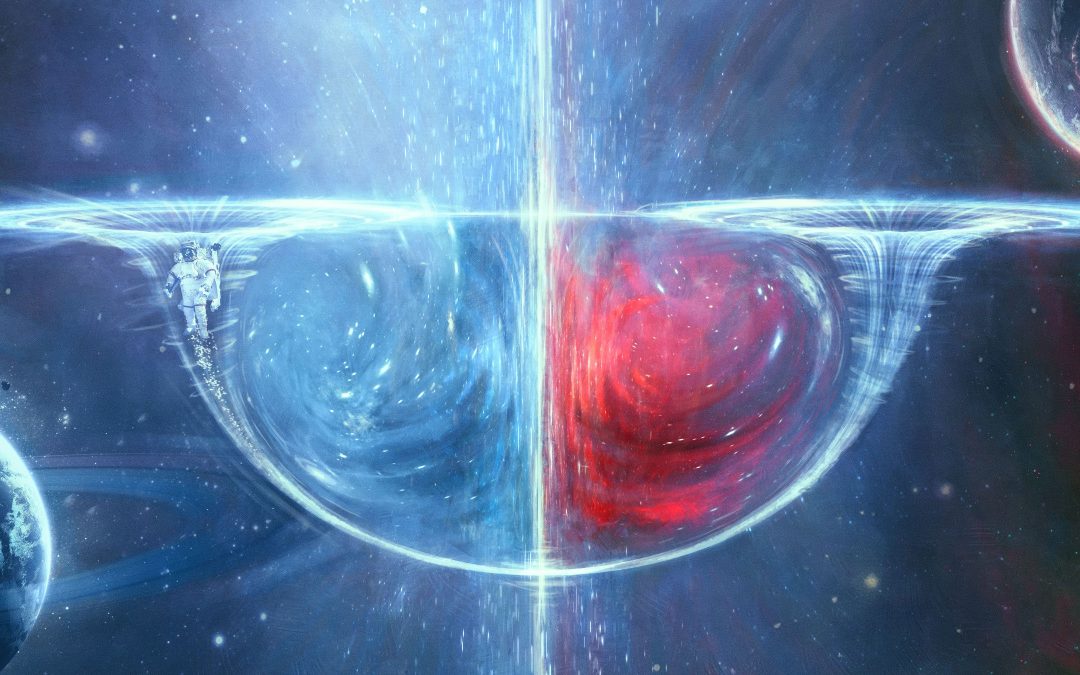arXiv:2403.17037v1 Announce Type: new
Abstract: In the background of $f(R, L_m)$ gravity, this work investigates three distinct dark matter halo profiles to test the possibility of generalised wormhole geometry within the galactic halo regions. The current study aims to accomplish these goals by examining various dark matter profiles including Universal Rotation Curves (URC), Navarro-Frenk-White (NFW) model-I, and NFW model-II inside two distinct $f(R, L_m)$ gravity models. According to the $f(R, L_m) = frac{R}{2} + L_m^alpha$ model, the DM halo density profiles produce suitable shape functions that meet all the necessary requirements for exhibiting the wormhole geometries with appropriate choice of free parameters. In addition, to examine DM profiles under the $f(R, L_m) = frac{R}{2} + (1 + lambda R)L_m$ model, we consider a specific shape function. Further, we observed that the derived solution from both two models violates the null energy constraints, confirming that the DM supports wormholes to maintain in the galactic halo.
Examining the Possibility of Generalised Wormhole Geometry in the Galactic Halo
This study investigates the possibility of generalised wormhole geometry in the galactic halo regions within the framework of $f(R, L_m)$ gravity. The goal is to examine various dark matter profiles and determine if they can meet the necessary requirements for exhibiting wormhole geometries.
Dark Matter Profiles
Three distinct dark matter halo profiles are examined in this study:
- Universal Rotation Curves (URC)
- Navarro-Frenk-White (NFW) model-I
- Navarro-Frenk-White (NFW) model-II
The examination of these profiles will help determine if they can produce suitable shape functions for exhibiting wormhole geometries.
$f(R, L_m)$ Gravity Models
Two $f(R, L_m)$ gravity models are considered in this study:
- $f(R, L_m) = frac{R}{2} + L_m^alpha$
- $f(R, L_m) = frac{R}{2} + (1 + lambda R)L_m$
The goal is to examine the dark matter profiles under these models and determine if they can meet the necessary requirements for exhibiting wormhole geometries. For the second model, a specific shape function is considered.
Challenges and Opportunities
While the study shows promising results in terms of the dark matter halo profiles producing suitable shape functions for wormhole geometries, there are some challenges and opportunities on the horizon:
- Validation of the derived solutions: The derived solutions violate the null energy constraints, which raises questions about their validity. Further analysis and validation are required to confirm the existence of wormholes in the galactic halo.
- Exploration of other gravity models: The two $f(R, L_m)$ gravity models considered in this study are just a fraction of the possible models. Exploring other gravity models and their impact on dark matter profiles and wormhole geometries could reveal new opportunities and insights.
- Experimental verification: The study is based on theoretical analysis and mathematical models. Experimental verification through observations and measurements would provide essential evidence for the existence of wormholes in the galactic halo.
In conclusion, this study provides a preliminary exploration of the possibility of generalised wormhole geometry within the galactic halo regions. Further research and analysis are needed to address the challenges and opportunities outlined above and to provide a more complete understanding of wormholes in the context of $f(R, L_m)$ gravity.
